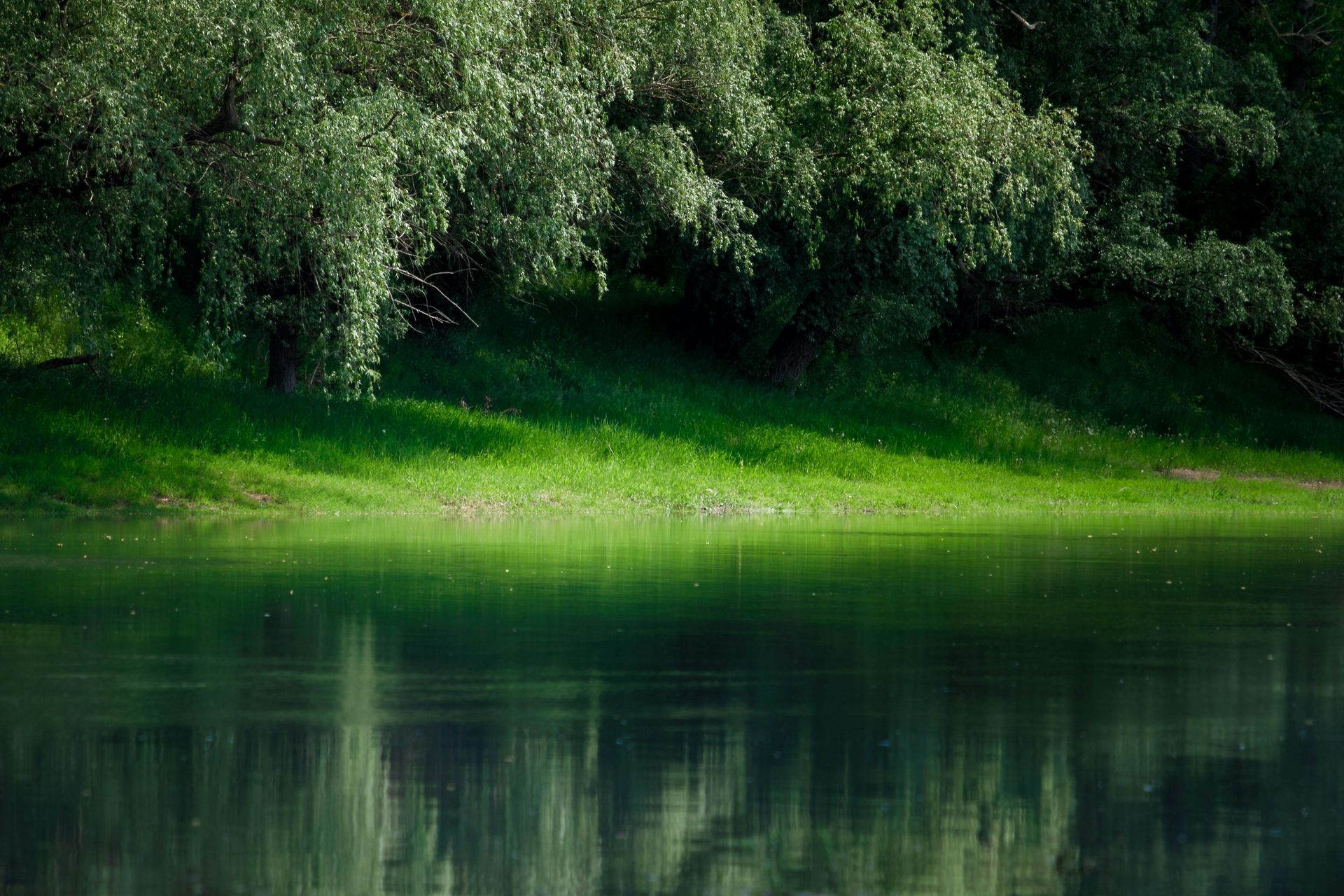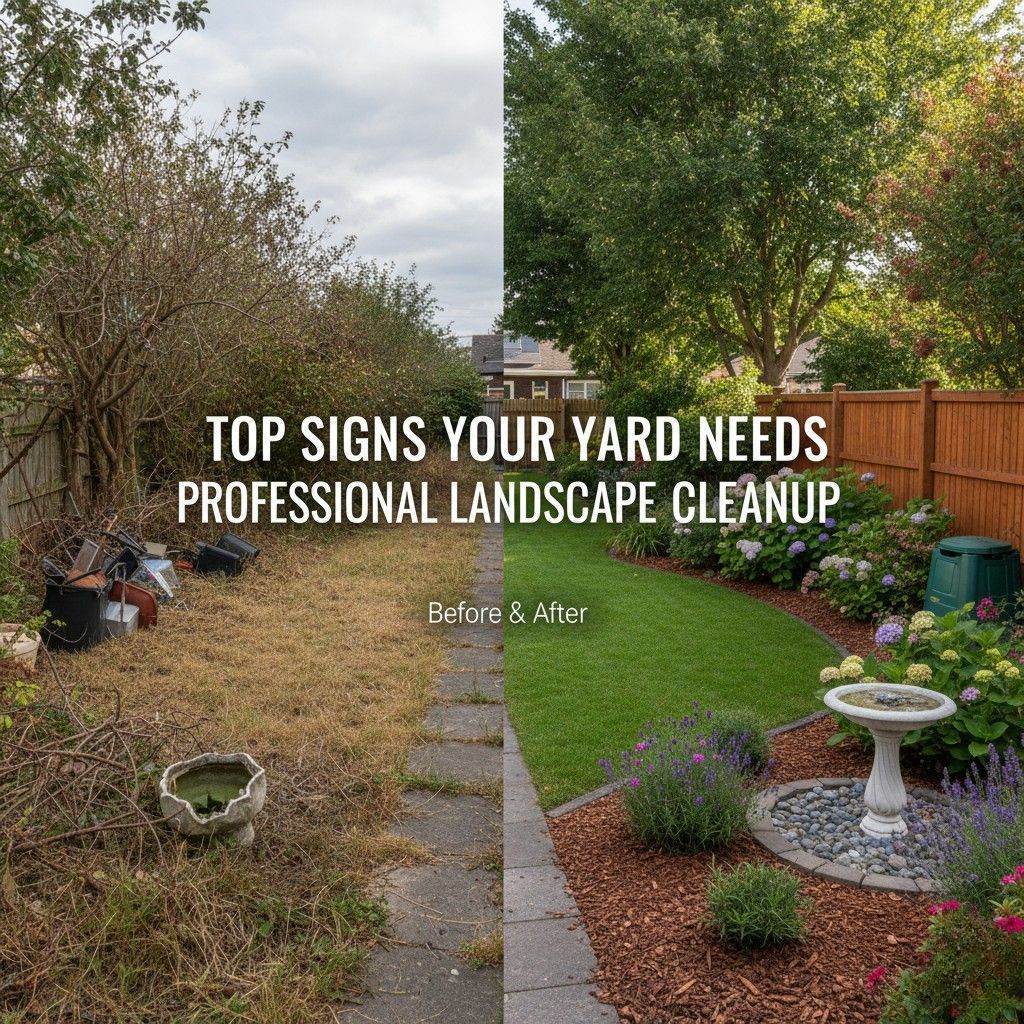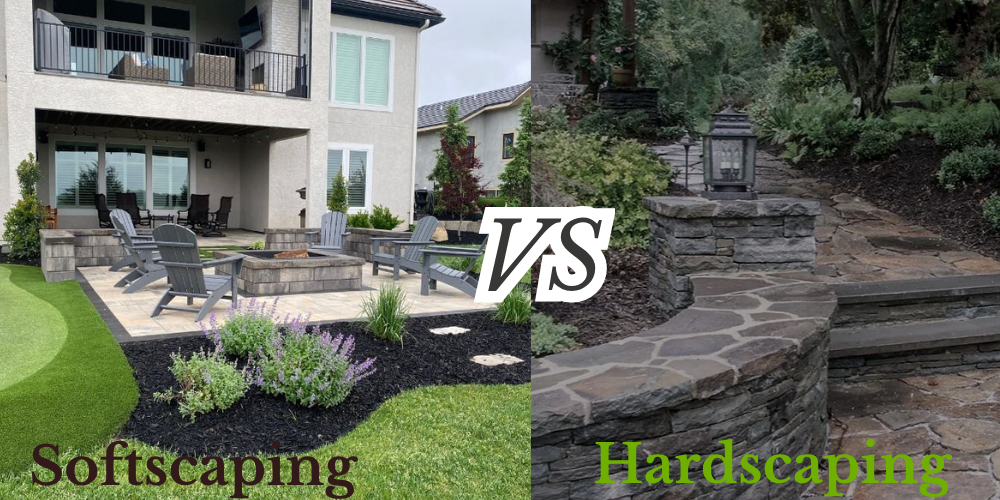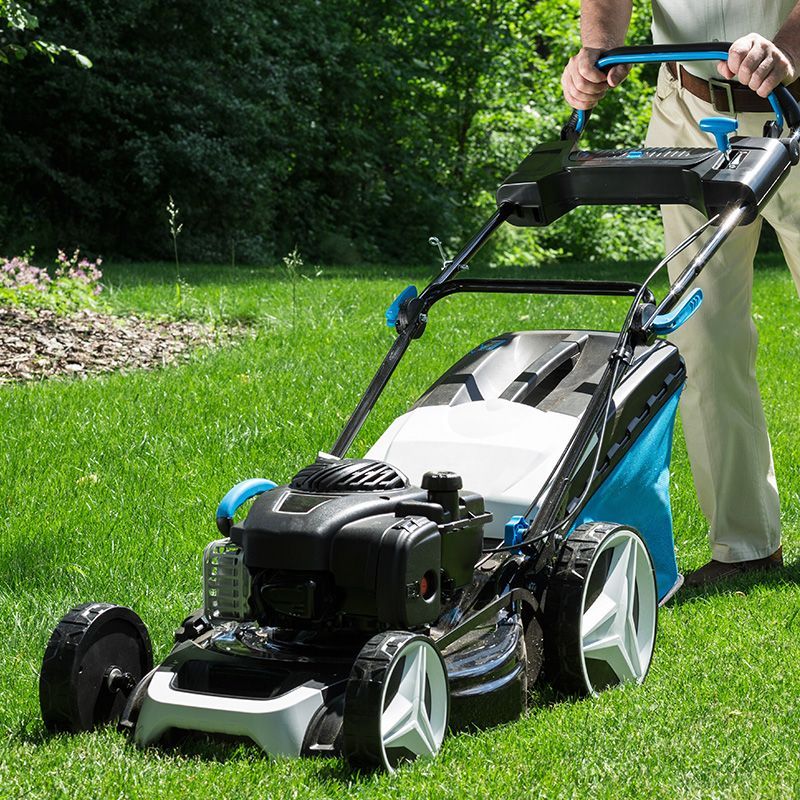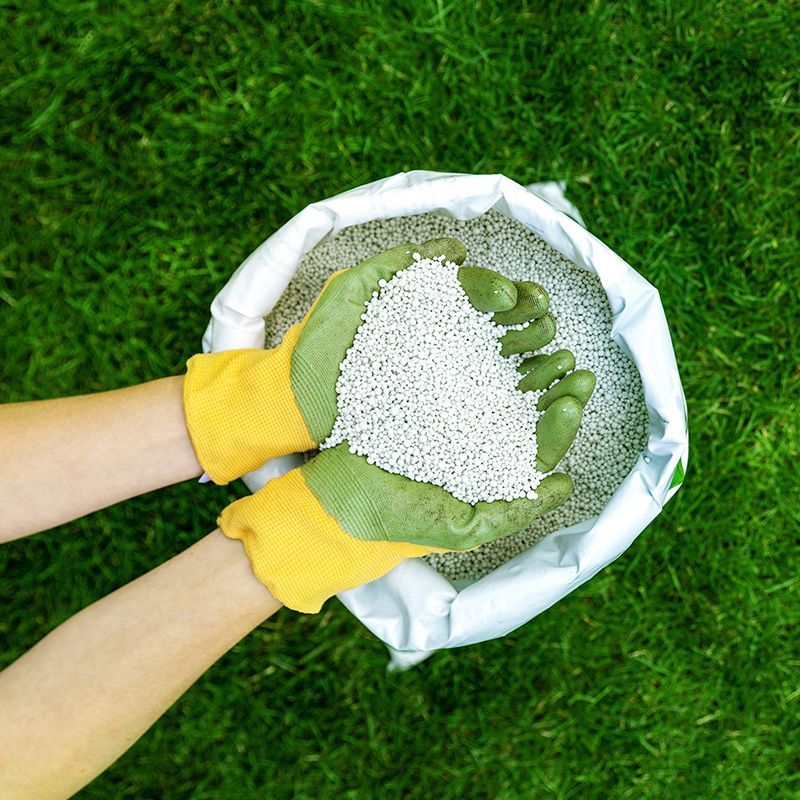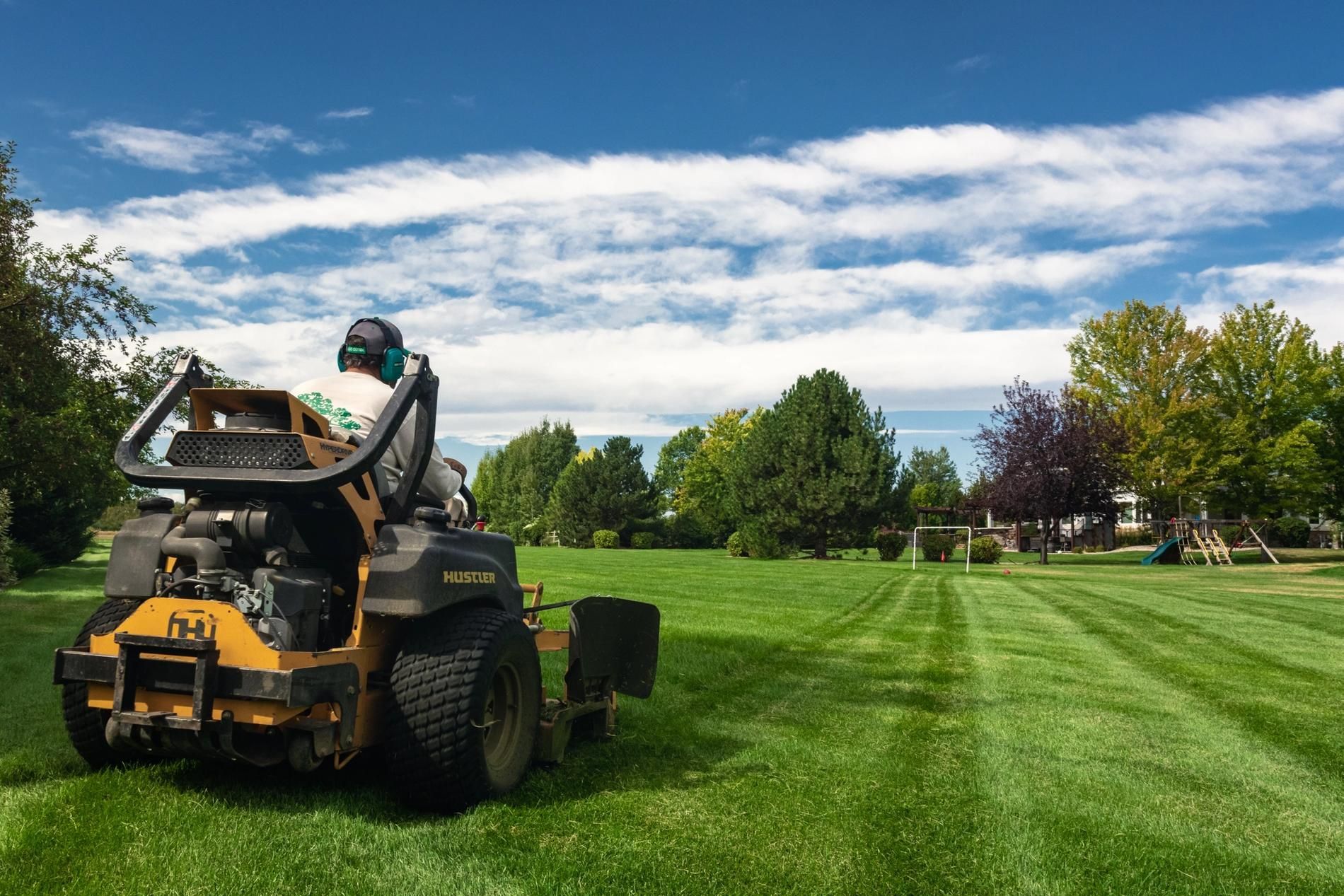10 Stunning Benefits of Hardscaping and How to Hardscape a Backyard
Transforming an ordinary backyard into an extraordinary outdoor living space often requires more than just plants and greenery. This is where hardscaping comes into play. While landscaping focuses on natural elements like grass, trees, and flowers, hardscaping incorporates non-living features—think patios, stone walkways, retaining walls, water fountains, and fire pits. But the big question is: what is hardscaping and how do you hardscape a backyard effectively?
In this comprehensive guide, we’ll explore the meaning of hardscaping, its benefits, creative backyard design ideas, and step-by-step strategies to create your dream outdoor space.
What is Hardscaping?
Hardscaping refers to the use of non-living elements in outdoor design. These features are usually constructed using materials such as stone, concrete, wood, metal, or bricks. Common hardscape installations include patios, decks, retaining walls, pergolas, fountains, outdoor kitchens, and decorative stone pathways.
Unlike softscaping, which deals with plants and natural elements, hardscaping focuses on structure, durability, and functionality. Together, hardscaping and landscaping create a balanced, visually appealing, and highly functional outdoor environment.
Why Hardscaping Matters for Backyard Design
Hardscaping is not just about adding beauty—it’s about functionality, long-term durability, and improving your property’s value.
Enhancing Aesthetic Appeal
Stone pathways, decorative patios, and water features can make any backyard look like a personal retreat. The structured design elements complement greenery, giving your outdoor space a polished look.
Low-Maintenance Outdoor Living
Unlike plants, hardscaping doesn’t require regular watering, pruning, or fertilizing. Once installed, features like a stone patio or fire pit remain functional with minimal upkeep.
Boosting Property Value
According to real estate experts, homes with well-designed outdoor spaces sell faster and often at higher prices. Hardscaping is an investment that pays off.
Maximizing Usable Space
Hardscaping allows you to create designated areas such as seating zones, outdoor dining areas, or entertainment corners, making your backyard more functional.
Popular Hardscaping Ideas for Backyards
Hardscaping opens endless design possibilities. Here are some creative and practical features you can consider for your backyard:
Stone Patios: Perfect for dining and entertaining outdoors.
A stone patio instantly transforms your backyard into a functional and stylish living space. Its durability ensures it can withstand all weather conditions while maintaining timeless beauty. Perfect for hosting dinners or casual gatherings, it becomes the heart of outdoor entertainment.
Walkways & Pathways: Create a charming flow through your garden.
Walkways and pathways provide both beauty and practicality by guiding guests through your outdoor space. They create a natural flow that connects different areas of your garden seamlessly. With materials like stone, gravel, or pavers, they add charm and structure to your landscape.
Retaining Walls: Prevent soil erosion while adding character.
Retaining walls are both functional and decorative, offering stability to sloped areas in your yard. They prevent soil erosion while creating visually appealing layers and garden beds. With a variety of materials available, they add character and enhance your landscape’s overall design.
Outdoor Fire Pits: Ideal for cozy nights under the stars.
An outdoor fire pit brings warmth and ambiance to your backyard, making it perfect for chilly evenings. It becomes a central gathering spot where friends and family can relax together. From roasting marshmallows to storytelling, it creates lasting memories under the stars.
Pergolas & Gazebos: Add shade and style to your backyard.
Pergolas and gazebos combine functionality with aesthetic appeal, providing shade on sunny days. They serve as elegant focal points in any backyard design, elevating the atmosphere. Whether draped with vines or left open, they enhance comfort and style.
Water Features: Fountains or ponds bring tranquility and elegance.
Water features introduce soothing sounds and a calming presence to your outdoor space. From fountains to ponds, they create a serene environment for relaxation. Their reflective beauty adds elegance and can attract birds and other wildlife.
Outdoor Kitchens: Turn your backyard into a culinary paradise.
An outdoor kitchen makes cooking and entertaining more enjoyable, bringing the culinary experience outdoors. Equipped with grills, counters, and seating, it elevates backyard gatherings to the next level. It’s the perfect addition for food lovers who enjoy dining al fresco.
How to Hardscape a Backyard: Step-by-Step Guide
If you’re wondering how to start hardscaping, here’s a clear step-by-step process to help you design and build the perfect backyard:
Planning Your Design
Begin by analyzing your backyard’s layout. Identify areas for seating, pathways, or decorative features. Sketch a rough design and decide which elements fit your lifestyle and budget.
Choosing Materials
Select durable, weather-resistant materials like natural stone, concrete pavers, or brick. For a rustic look, use wood or gravel. The choice should complement your home’s architecture.
Preparing the Ground
Level the soil, remove debris, and plan drainage. Poor drainage can damage hardscape structures over time, so this step is crucial.
Building the Foundation
Install a solid base of crushed stone or gravel before laying pavers, bricks, or stones. This ensures long-lasting stability.
Installing Hardscape Features
Add your chosen features—patios, walkways, or walls—according to your design plan. Use professional tools for precision and durability.
Adding Finishing Touches
Incorporate lighting, decorative stones, or plants around your hardscape features to blend softscaping with structure.
Common Hardscaping Mistakes to Avoid
Even with the best intentions, mistakes can happen. Here are a few to watch out for:
- Ignoring drainage solutions
- Choosing low-quality materials
- Overcrowding the backyard with too many features
- Skipping professional consultation for complex projects
- Failing to blend hardscaping with landscaping
Hardscaping Maintenance Tips
Hardscape features are low-maintenance but not maintenance-free. To keep them looking new:
- Clean patios and walkways regularly with a power washer.
- Seal stone or concrete surfaces to protect against weather damage.
- Inspect retaining walls for cracks or shifts.
- Keep water features clean and algae-free.
FAQs
What is hardscaping in simple terms?
Hardscaping is the use of non-living design elements like patios, stone walkways, and walls to structure and beautify outdoor spaces.
Is hardscaping expensive?
It can be an investment, but the cost depends on the size of your project, materials chosen, and whether you DIY or hire professionals.
How long does hardscaping last?
With proper installation and maintenance, features like stone patios and retaining walls can last decades.
Do I need a professional to hardscape my backyard?
Small projects like gravel pathways can be DIY, but large features such as retaining walls or outdoor kitchens usually require professional expertise.
Can hardscaping increase home value?
Yes, well-designed hardscape features enhance curb appeal and property value, making homes more attractive to buyers.
What is the difference between hardscaping and landscaping?
Hardscaping uses non-living materials (stone, brick, wood), while landscaping involves living plants and greenery.
Conclusion
Hardscaping is more than just adding rocks and concrete—it’s about creating a structured, functional, and beautiful outdoor space. From patios and fire pits to water features and pathways, the possibilities are endless. By combining hardscaping with soft landscaping, you can transform your backyard into a stunning retreat that requires minimal upkeep and adds long-term value to your home.
If you’re ready to upgrade your outdoor space, start with a plan, choose quality materials, and consider professional guidance for larger projects. With the right approach, your backyard can become the perfect balance of comfort, style, and function.
